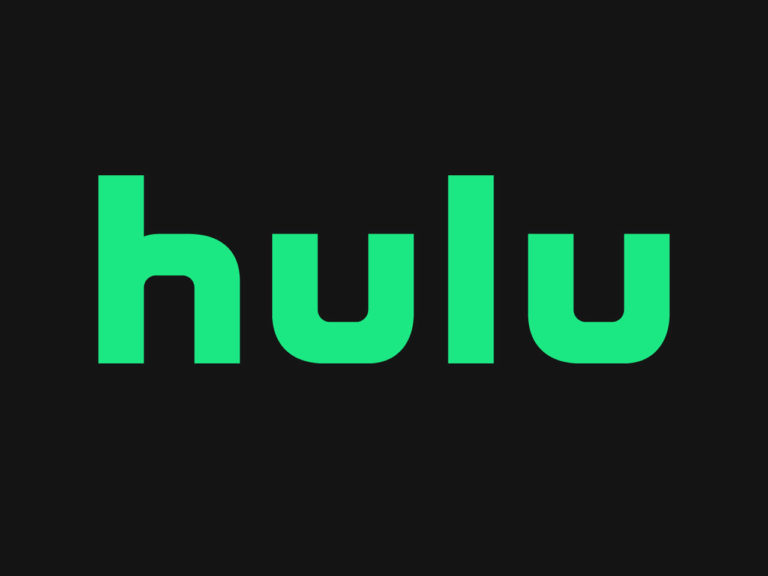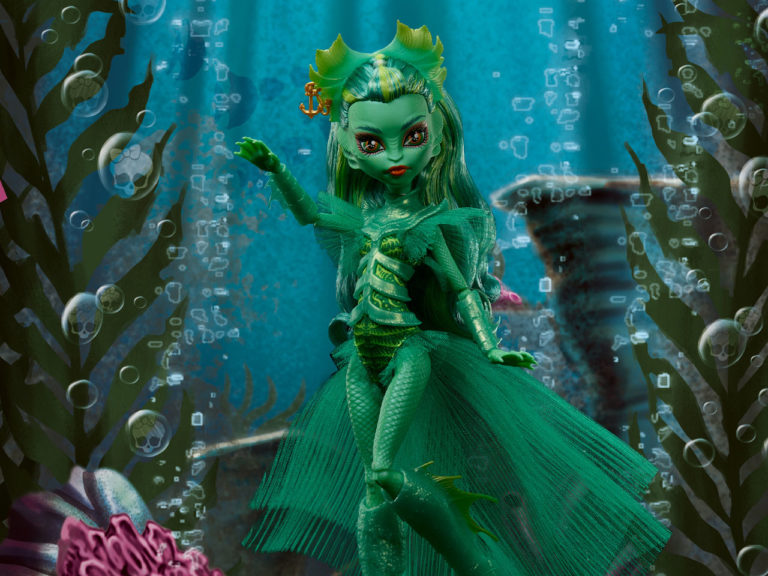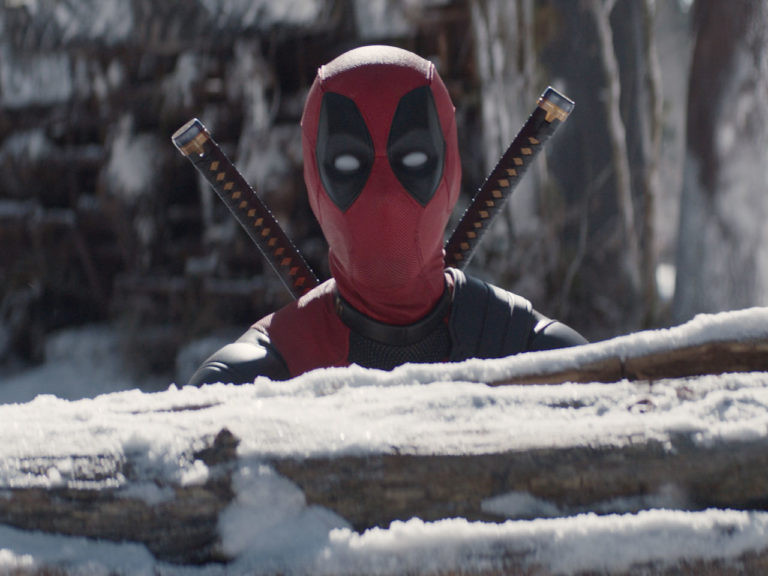

After a month and a half of Rebirth, we finally get our first installment of the brand-new Justice League! Full of action, heroes, and creepy enemies, Justice League #1 will set the course for the foreseeable future of everyone’s favorite super-team. For that reason alone it’s worth checking out.
There’s a lot happening
Our story opens with Wonder Woman engaged in what appears to be a solo mission against some terrorists. Her mission is interrupted by natural (we’re all assuming unnatural) tectonic phenomena, and we spend the remainder of the issue watching she and the rest of the League attempt to save people. But the people suddenly seem uninterested in salvation, and our heroes come to face something far more sinister than an earthquake.
Maybe that doesn’t seem like a busy issue in the abstract, but with frequent scene changes, I come away feeling as though there’s too much to manage. It isn’t so much that I can’t figure out what’s going on; rather, we barely get two consecutive pages for each member of the team, and it’s hard to find many satisfying character moments. Hitch still attempts to create those beats, but his efforts feel heavy-handed and telly, particularly in early scenes with the Green Lanterns and Cyborg. The details he provides are fantastic, but the delivery is severely flawed.

There’s some odd dialogue at times, too, or more accurately, dialogue that is oddly situated. Jess tells Baz not to get cocky, but in response to a line that did not at all read like bravado, and so she ends up coming across as a bit of a jerk, at least in that moment. Right on the heels of this exchange, Cyborg either breaks the fourth wall or tells himself a lot of stuff about himself that his self already knew about himself. You decide—either scenario seems bizarre in context. Finally, the last page features a line from Wonder Woman that is somewhat premature—both in the sense that she has a shallow understanding of the threat she’s facing, and such a line therefore carries little weight; and, in the sense that (in my opinion) it would have been much stronger a few issues in, after the threat proves itself a formidable match for the League. It’s basically a cheap thrill now, when it could have accumulated quite a bit more meaning had it been saved for later.
About that threat: like Cyborg, the enemy is a bit too chatty about itself. Most of what we know by the end of this issue is told to us by the bad guys. There’s an auxiliary (probably connected) threat encountered by Batman in Gotham, but that one is similar enough (but different) to the throwaway villain of the Justice League: Rebirth one-shot from two weeks ago that it feels at least a little repetitive here.
But it’s not bad
Complaints aside, Hitch does manage to create a compelling scenario. Throwing us into the middle of the mess helps avoid a slow start, and by the end, I’m definitely curious about what’s up with the baddies. The dialogue and character interactions get better after the early bumps, and Batman and the Flash stand out as particularly well-done.
Hitch caught a lot of flak during his JLA run, and one of the complaints that I found unfair (at least from a certain point of view) was that nothing really happened in the last few issues. His patience and focus on character are what made the book great, and had the whole enterprise not suffered from serious delays (his fault, but that’s less relevant here), I suspect we wouldn’t have heard nearly as many folks clamoring for a swifter trip through the plot.
My biggest concern for this new Justice League, at least based on this first installment, is that Hitch may be inclined to respond to that criticism by pushing the action and the pace at the expense of strong character development. With the speed of his pencil out of the equation, and with the new twice-monthly format, Hitch could—and should—approach his new gig much the same as his old one. If he can do that, we could end up with one of the great runs in the history of the franchise. If he can’t—if the book looks more like this week’s premier—then it may be fun to read, but I fear it will have no lasting significance. I’m rooting for Hitch—here’s hoping he can settle in and play to his strengths (which are formidable).
The closeups look great
The team of Tony Daniel, Sandu Florea, and Tomeu Morey delivers a bevy of beautiful pages. I’m not being lazy with my language, either. The previous art team on this book, led by the incomparable Jay Fabok, turned out work that I would call dark, gritty, and awesome; but I don’t think I would say it was beautiful. That’s not a criticism of that team, but I highlight the distinction because it makes a big difference to the feel of this issue. Daniel’s style is still a sort of realism, but his facial work is more playful and exaggerated than Fabok’s. Morey’s palette is much brighter than that of his predecessor, and the variation in costume colors is more pronounced here than it has been in some time. All of this helps to set a lighter tone, even as the story itself is dealing with dark times and legitimate danger. I like it.

If I’m picking nits, Daniel and Florea start to look really bad really quickly when depicting people at a distance. Maybe I’m spoiled by Greg Capullo, whose figures look great far off, but Superman’s brief appearance is downright goofy, and I wish they had just left it out. Bats and Vic bring him into the story anyway through conversation, and the low-quality visual adds nothing of value.
A shout out to Richard Starkings and Comicraft
Being a letterer must be pretty thankless work. Most folks don’t even notice the letterer (if he or she is even credited) unless there’s a problem. What you may not realize, however, is that the letterer often does more than just the words in the bubbles and boxes. Have a look at that title page again—go ahead, scroll up, I’ll wait. That beautifully laid-out text set in that stylish font is all the responsibility of the letterer(s). And in this case, the letterer did a fantastic job. Lest some of you bring it up, yes, the letterer also had a bit of a gaffe during one of the Lantern scenes, but it is a minor issue in the grand scheme of things, and it may have even been the fault of the editor or someone else in the creative chain. By and large, the lettering here is excellent. The stuff that needs to blend in does so perfectly, without distracting from the artwork. And the title page, which both allows and calls for more artistry, is expertly done. Good job, guys.
Recommended if…
- You want in on the start of the next big Justice League run, and you’re willing to give Hitch some time and space to find his way.
- You’re interested in seeing how these recently rebirthed heroes play together.
- You want a book with all-around good looks, cover-to-cover.
Overall
I expected this to be my book of the month, and I confess to being a bit disappointed with it now that it’s here. It is by no means a bad issue, but it is also not the sort of quality that I’ve come to expect from Bryan Hitch. It’s still worth reading, and it’s not even at the bottom of the heap of very strong Rebirth books published lately. The team of artists—all of them, down to the letterers—shines brightest this week, covering over some of Hitch’s flaws with bright, beautiful pages and an attractive presentation. Hopefully the entire team of creators can succeed together in two weeks. There’s a lot of potential here, and I would love to see it realized.
SCORE: 7/10


